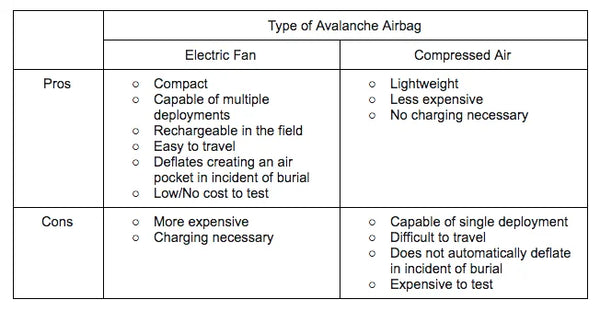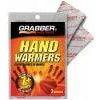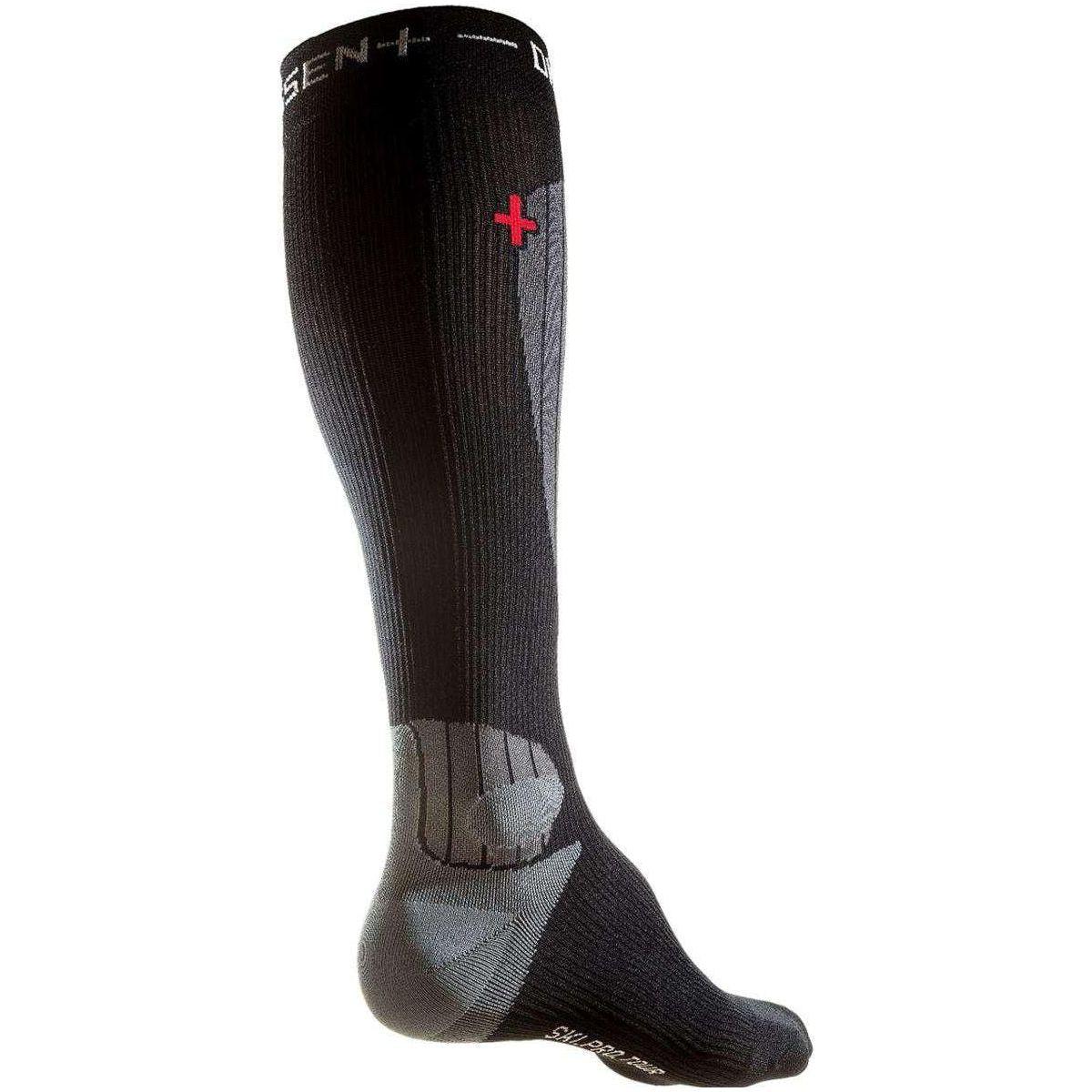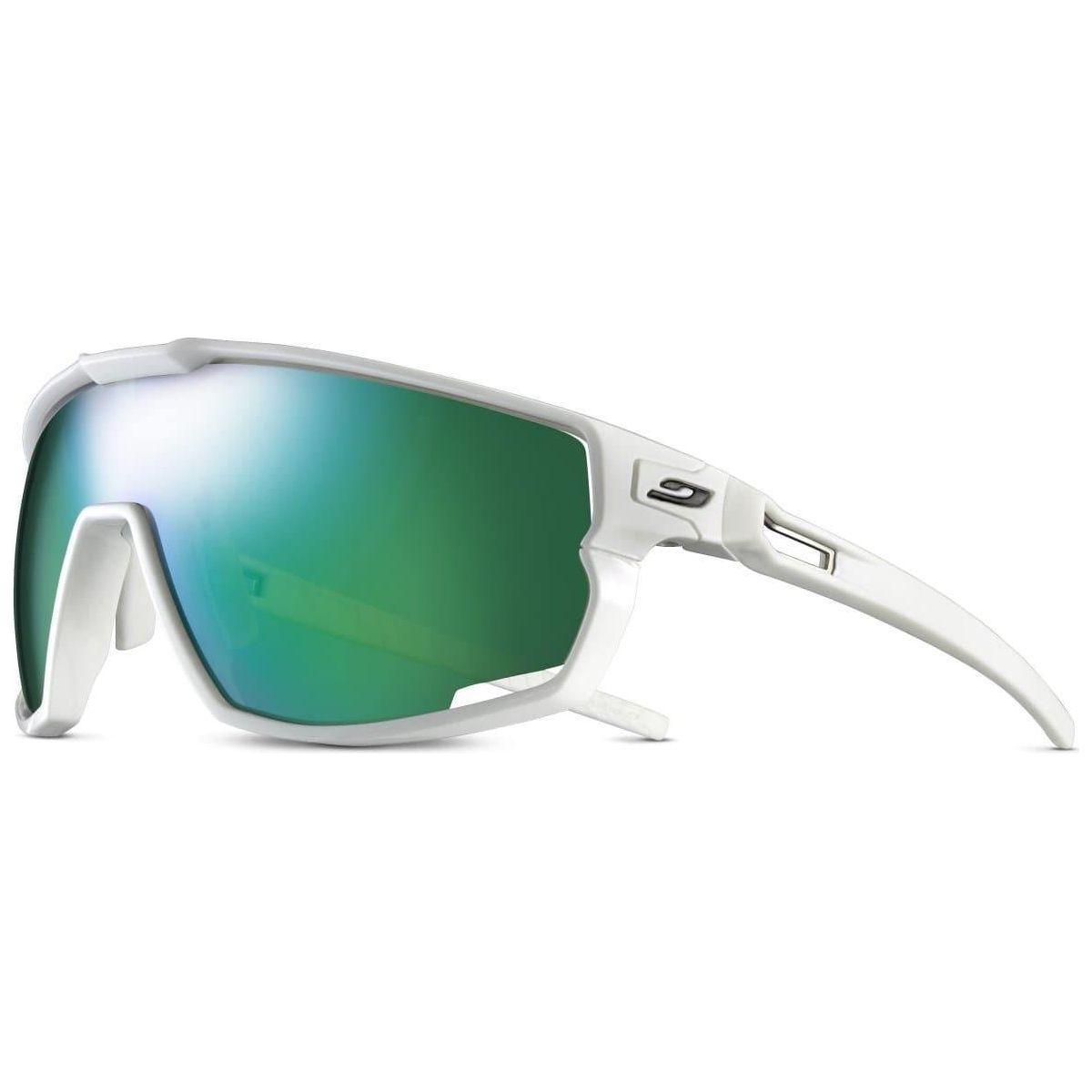If you are in the market for your first avalanche airbag or want to update your outdated pack, it may seem like a daunting task with the increased amount of options to choose from. To make the decision easier, we broke down some of the key concepts to know about avalanche airbags and what to consider when shopping for a new one.
How Avalanche Airbags Work: Think About Nuts
Avalanche airbag technology is based on a phenomenon called the Brazil Nut effect (or granular convection for the more technically minded folks). If you take a can of mixed nuts and shake it, the largest nuts will rise to the top. How does this nut theory apply to backcountry travelers? When an avalanche occurs, moving snow acts very much like a can of mixed nuts. If caught in a slide, you want to be a Brazil nut that rises to the top of the moving snow rather than sinking to the bottom like a peanut. An inflated airbag increases your size and decreases your density, giving you a greater chance to rise to the top of the snow rather than getting buried. Head over to Wildsnow.com to learn more about the science behind airbags.
Types of Airbags: Compressed Air and Electric Fan
The biggest differentiator between avalanche airbags is the method by which the airbag inflates. Avalanche airbags use either a compressed air cylinder or an electric fan to inflate. Compressed air types are often more affordable and lighter in weight (on average) than electric fan packs. However, air cylinder systems have several drawbacks. They are only able to be deployed once per cylinder. Once deployed, the air cylinder needs to be refilled at a certified refill location. This limitation and extra cost can make users hesitant to pull the trigger in the event of a slide. The size of the compressed air system is also a significant disadvantage as they are often much larger than electric fan systems. This extra bulk takes up valuable storage inside the pack. If you like to travel for skiing, air cylinders make travel more difficult as you must empty the cylinder while flying and have it refilled once you arrive at your destination.
Battery-powered fan bags have started to shake up the avalanche airbag market in recent years. While they are, on average, more expensive than compressed air systems, they offer many performance benefits. The electric fan system is more compact, taking up less usable space in the pack. Depending on the brand and model, you are able to deploy the bag several times on one charge. Once the pack's battery is depleted, it can be recharged with AA batteries or a micro-USB connection. Multiple deployments allow the user to let go of reservations to pull the trigger in the field or to test the bag at home before entering the backcountry. Additionally, without the need for a compressed air cylinder, air travel is no problem with these packs.
Compressed Air vs. Electric Fan Airbags

Our Top Airbag Picks
BEST VALUE PACK:
BCA Float 32 Avalanche Airbag 2.0
($599 + the cylinder $199, 6.7 pounds):
A time-tested and reliable avy bag that features BCA’s lighter and smaller compressed air system. The Float 32 is a great pack loaded with features and valued at a fair price. With dedicated wet and dry pack compartments, compatibility with BCA Two Way Radios, diagonal ski carry, and snowboard vertical carry - this pack is ready for backcountry powder hunting.

ULTRALIGHT PACK:
Scott Patrol Ultralight E2 25
($1,599.99, 4.23lbs ):
Weighing in just over 4 pounds, this pack is for those looking to maximize weight savings without losing the essentials. This pack has all the features you need for big days in the mountains, including a separate snow safety compartment, diagonal ski carry, and snowboard carry. Built with Dyneema, this pack is durable, light, and will keep your layers dry.
The E2 Ultralight is equipped with state-of-the-art supercapacitor technology. The new E2 Patrol has more room due to the more compact Alpride E2 system, leaving more space in your pack for personal belongings. The E2 Alpride system has been updated with all the bells and whistles. Quick charge time will keep your supercapacitor at full charge for hours, giving you the option of a 40min charge time with two AA batteries or a 20min charge time with the USB-C port

CCBC STAFF FAVORITE:
($1,299.95, 6.157 pounds)
The float builds on BCA's long legacy of airbag packs with the addition of the ever popular Alpride E2 airbag system. Like the Scott patrol Ultralight, the Float 32 E2 uses a super capacitor system to minimize weight, make travel easy, and ditch the heavy and impractical canister.





